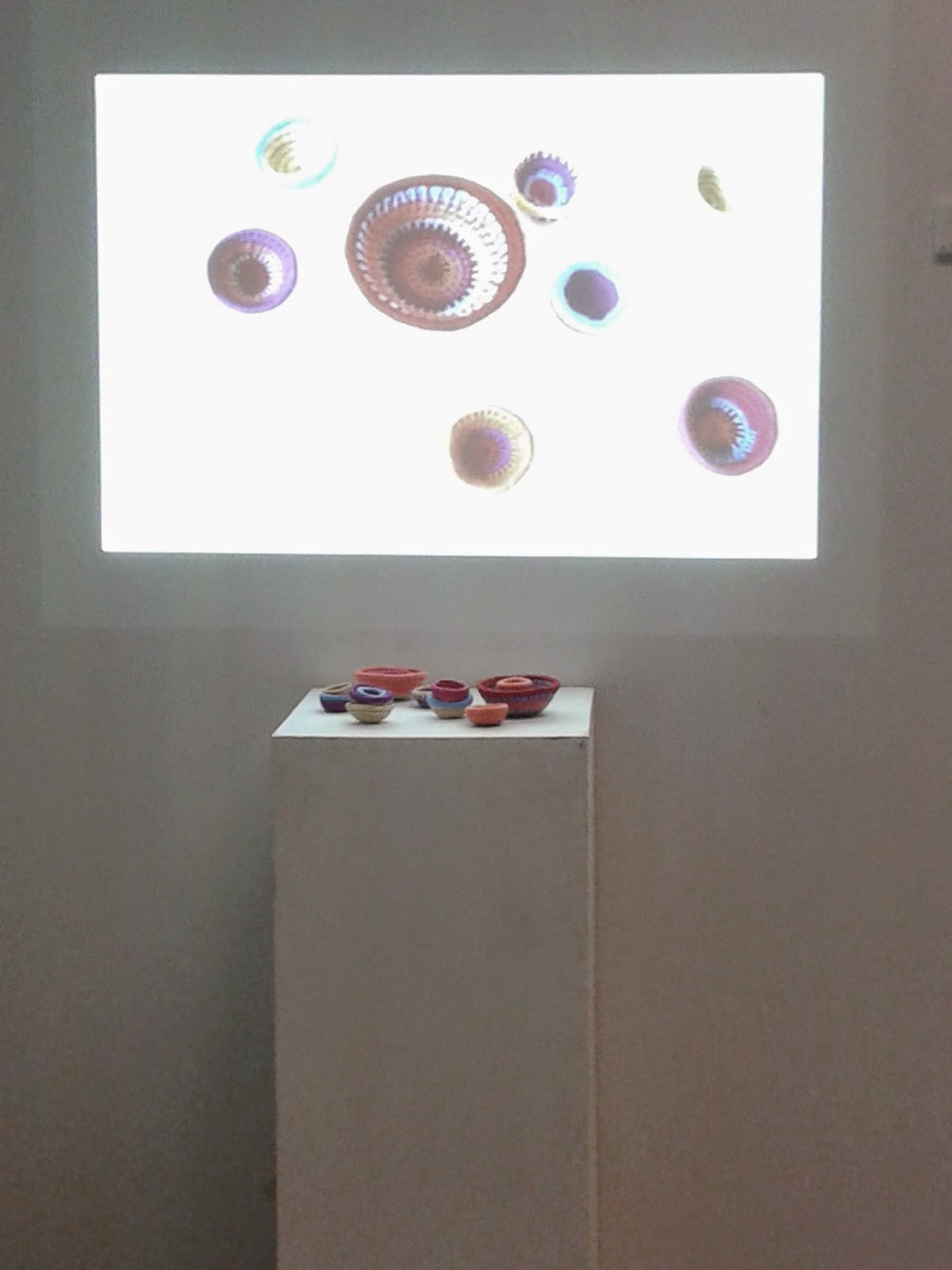Universal Wound
The artwork that I have chosen to reinterpret from the Art
Gallery of South Australia is Thomas Hirschhorn’s Twin-Subjecter. From researching more of his work I chose to
recreate several elements which I found to be particularly successful. My piece
explores consumerism which is also a strong theme in Hirschhorn’s work. I like
many others struggle with personal battles against consumerism my artwork gives
a view of the bigger picture, the inducement of the consumer, greed of
corporations and venerable who suffer.
The title of my work Universal
Wound denotes that we are responsible for the injury that we produce to
others. When we give into consumerism we are responsible for the effect that
this might have on others, regardless of whether we see it or not. The documentary
Fashion Victims recounts the horrific collapse of the Rana Plaza, a garment
factory in Bangladesh. The thing that struck was the lack of responsibility
taken by the multi-million dollar clothing brands. On my mannequin I made a
collage of words and imagery relating to consumerism, this acts as an ethereal
skin which my mannequin is trapped in. I included some of the brands that were
connected to the sweat shops; this is my way of shaming them. These brands had
no regards for the safety and well being of the sweat shop workers, it always
comes down to the money. I suspended the
United States one-hundred dollar bill to rest on the mannequin. My research uncovered
that the idea of consumerism first developed in the United States, I wanted to
make reference to this. Greed is an environment
which causes suffering; this explains the condition that my mannequin is in. In
Hirschhorn’s installations he is able to create environments for his subjects
to become a part of and I wanted to recreate this in my work. I used metal
triangles to create a garment which had the same enticing nature that attracted
me to Twin-Subjecters. The depressions
on my dress are also a note of caution to consumer, not to get sucked in.
I think that the strength of my piece is that it’s a strong
visual and the symbology in my work allows the viewer to engage in it. Through
the process of creating my artwork I found it challenging to create something that
would capture the essence of consumerism in a meaningful way. By reflect on Hirschhorn’s
work and what I found to be successful, I was able reinterpret this into my
own. The main purpose of my piece is to ask the viewer to think about
consumerism and to reflect on the injury that it causes and the role that they
may play in it. My piece largely relies on the response of a viewer, as to whether
or not I have successfully fulfilled this.


































.jpg)












